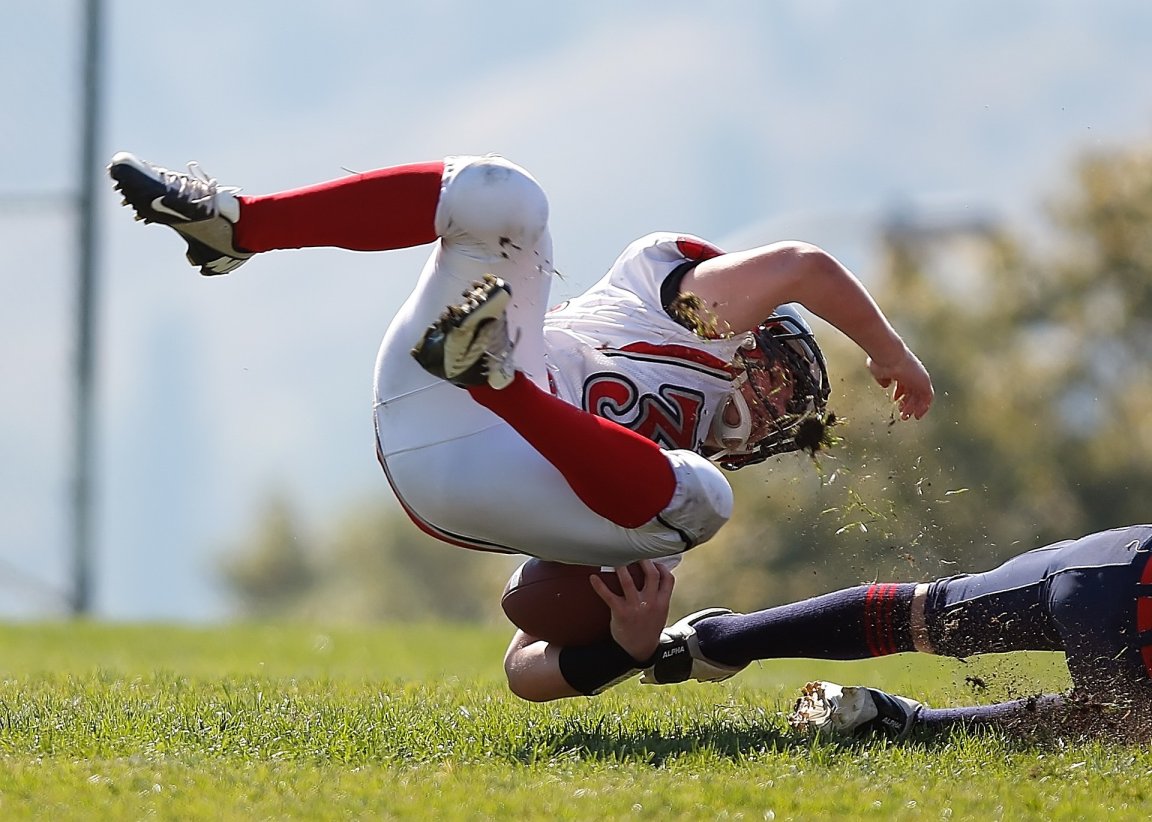
Concussions Don’t Tell the Whole Story
Concussions are a serious threat to athletes and military veterans, and sports like football have brought the condition into the public spotlight in an unprecedented way. Players that suffer from a concussion — exhibiting signs of dizziness, headaches, or vision problems — will likely get the diagnosis and treatment they need. But new research suggests that there are some head injuries that can cause brain damage without resulting in a concussion… and those “silent” head injuries often go untreated.
After seven years of research, a study published in the journal Brain provides evidence suggesting the hits that don’t result in concussions can still lead to the development of a degenerative brain disease known as Chronic Traumatic Encephalopathy (CTE).

According to the Concussion Legacy Foundation, during CTE, proteins in the brain form clumps that slowly make their way through the brain — killing brain cells in the process. Early stages of CTE can affect a person’s mood, leading to aggression and depression. As the disease progresses, patients have trouble thinking, experience memory loss, or develop dementia. Perhaps the most startling aspect of CTE is that it has been observed in people as young as 17.
“It’s the hits to the head, not concussion, that trigger CTE,” said Lee Goldstein, a School of Medicine associate professor of psychiatry at Boston University and lead investigator on the study in a press release. According to the team’s research, nearly 20 percent of athletes who exhibited CTE had no records of previous concussions.
The Injuries You Can’t See
Currently, CTE cannot be properly diagnosed until after death, but NPR reports that Goldstein and Dr. Julian Bailes, chairman of the department of neurosurgery at NorthShore University Health System, are both independently working on ways to detect the degenerative disease in living people.
Until that happens, though, the pair hopes this new study is used to prop up the significance of all head injuries, regardless of whether or not they lead to concussions. Goldstein wants to see his work applied to other contact sports, then expanded to cover everyday people.
“[The study] certainly adds to our science and our understanding,” Bailes said, as reported by NPR. “And hopefully it adds to greater protection, greater safety and the ability for all ages to enjoy contact sports.”

Even the National Football League has taken note of the study, saying in a statement provided to NPR: “We have been in close touch with the researchers at Boston University, who are also members of our Mackey-White Health and Safety committee, and we will review this study carefully to consider future changes to improve the health and safety of our players.”
That said, Goldstein and Bailes disagree on one point: whether or not young children should be playing football, or any other contact sport. For Goldstein and Christopher Nowinski, co-founder and CEO of the Concussion Legacy Foundation, the study suggest children playing contact sports puts them at greater risk of developing CTE, and they shouldn’t be allowed to do so until high school.
Bailes, however, doesn’t believe the study has enough data to back that up. Though he said it’s ultimately a personal choice, he notes that parents and children have to consider the risks.
In the end, Bailes compared head injury risks — and the associated health outcomes — with those risks involved with swimming: “There are about 10 people who drown every day in the U.S., and we’re not calling to outlaw swimming.”